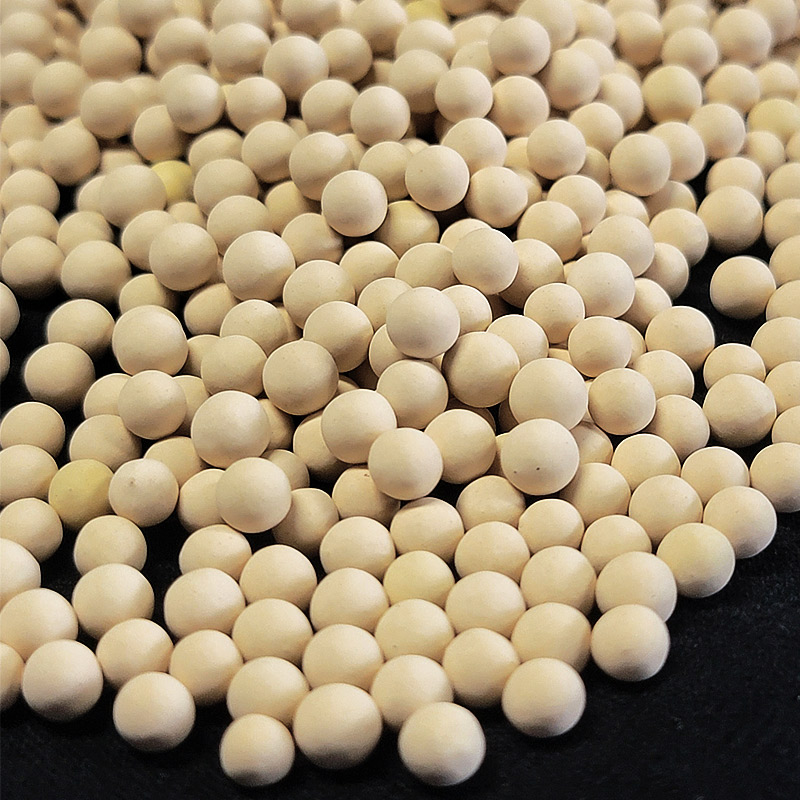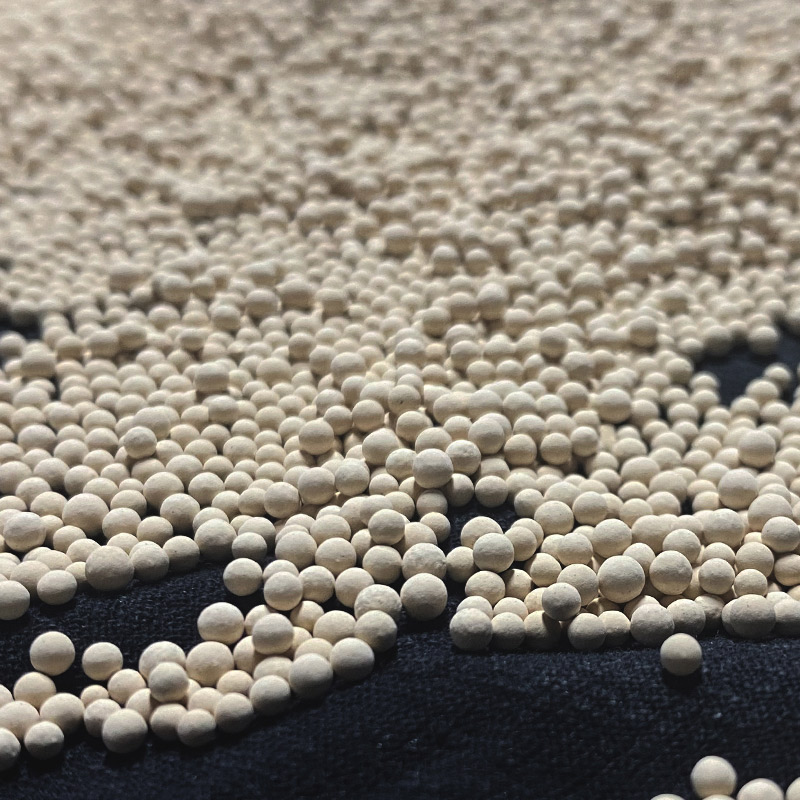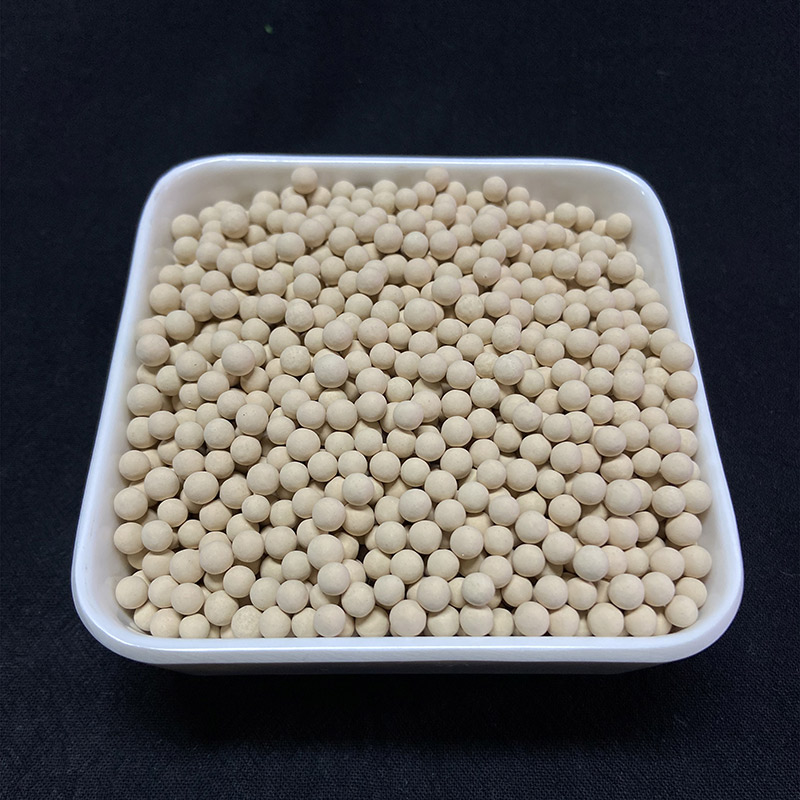Factory Selling Molecular Sieves 3A - High Quality Adsorbent Zeolite 5A Molecular Sieve – AoGe
Factory Selling Molecular Sieves 3A - High Quality Adsorbent Zeolite 5A Molecular Sieve – AoGe Detail:
Zeolite molecular sieves have a unique regular crystal structure, each of which has a pore structure of a certain size and shape, and has a large specific surface area. Most zeolite molecular sieves have strong acid centers on the surface, and there is a strong Coulomb field in the crystal pores for polarization. These characteristics make it an excellent catalyst. Heterogeneous catalytic reactions are carried out on solid catalysts, and the catalytic activity is related to the size of the crystal pores of the catalyst. When a zeolite molecular sieve is used as a catalyst or a catalyst carrier, the progress of the catalytic reaction is controlled by the pore size of the zeolite molecular sieve. The size and shape of the crystal pores and pores can play a selective role in the catalytic reaction. Under general reaction conditions, zeolite molecular sieves play a leading role in the reaction direction and exhibit shape-selective catalytic performance. This performance makes zeolite molecular sieves a new catalytic material with strong vitality.
Technical Data
| Item | Unit | Technical data | |||
| Shape | Sphere | Extrudate | |||
| Dia | mm | 2.0-3.0 | 3.0-5.0 | 1/16” | 1/8” |
| Granularity | % | ≥96 | ≥96 | ≥98 | ≥98 |
| Bulk density | g/ml | ≥0.60 | ≥0.60 | ≥0.60 | ≥0.60 |
| Abrasion | % | ≤0.20 | ≤0.20 | ≤0.20 | ≤0.25 |
| Crushing strength | N | ≥30 | ≥60 | ≥30 | ≥70 |
| Static H2O adsorption | % | ≥21.5 | ≥21.5 | ≥21.5 | ≥21.5 |
| N- hexane adsorption | % | ≥13 | ≥13 | ≥13 | ≥13 |
Application/Packing
Pressure swing ad sorption
Air purification, removal of H20 and CO2 from gases
Removal of H2S from natural gas and petrol gas
Product detail pictures:



Related Product Guide:
We often stay with the principle "Quality Very first, Prestige Supreme". We have been fully committed to supplying our consumers with competitively priced high-quality goods, prompt delivery and skilled provider for Factory Selling Molecular Sieves 3A - High Quality Adsorbent Zeolite 5A Molecular Sieve – AoGe , The product will supply to all over the world, such as: Malaysia, Bangalore, South Korea, We welcome you to visit our company & factory and our showroom displays various products that will meet your expectations. Meanwhile, it is convenient to visit our website. Our sales staff will try their best to provide you with the best services. If you need more information, please do not hesitate to contact us via E-mail, fax or telephone.
Products and services are very good, our leader is very satisfied with this procurement, it is better than we expected,






